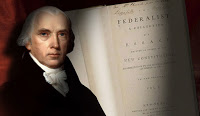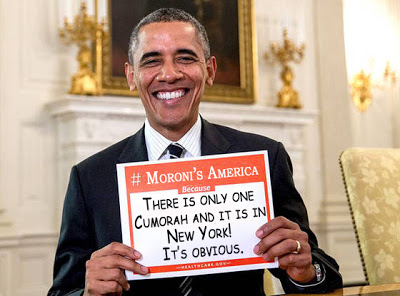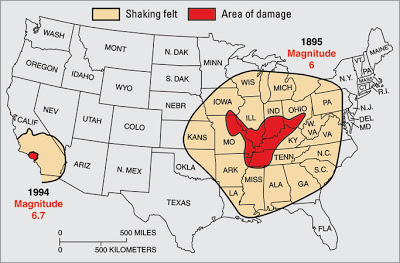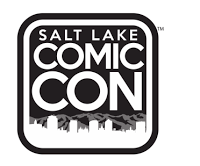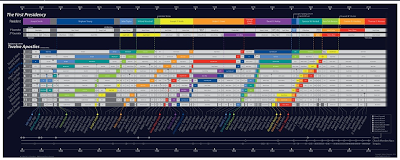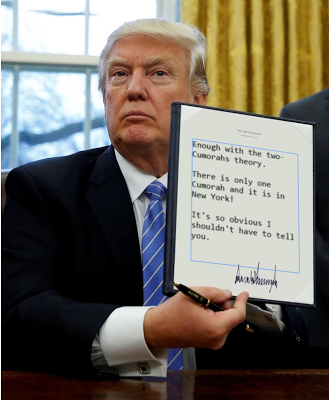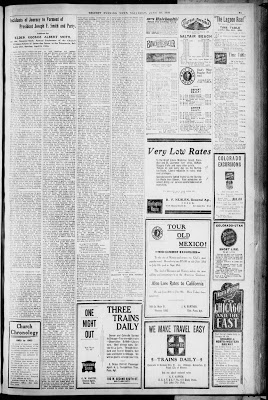In subsequent posts, I’ll address Mormon’s Codex, but recently someone cited Sorenson’s list of 37 reasons why the Book of Mormon could not have included North America, and I wanted to comment on them.
Sorenson’s list is a nice summary of the orthodox interpretation of North American archaeology and anthropology that was driven by the Manifest Destiny approach to the North American Indians in the 1800s. I can’t tell if Sorenson was writing from ignorance or malice, but since I know him, I’ll go with ignorance. After all, even Dr. Roger Kennedy, the former director of the Smithsonian’s American History Museum, wrote a book titled Hidden Cities–The Discovery and Loss of Ancient North American Civilizations. He wrote this: “Few realize that some of the oldest, largest, and most complex structures of ancient archaeology were built of earth, clay, and stone right here in America, in the Ohio and Mississippi valleys. From 6,000 years ago until quite recently, North America was home to some of the most highly advanced and well organized civilizations in the world–complete with cities, roads and commerce.”
So I’ll assume Sorenson was just ignorant, or that he wrote his list before Dr. Kennedy wrote his book in 1991. But the list was cited by Gregory Smith as recently as January 2014, so apparently some BYU people still think it is relevant. I’ll address Gregory Smith in a separate post.
So here are my comments on Sorenson.
Could Not Have Included North America
In the Book of Mormon period, as far as is known, only limited grain crops of corn/maize were cultivated in North America. “As far as is known” is a rhetorical technique that implies “no one knows” about multiple grain crops in North America, when it really means “as far as is known by the author of these objections.” In fact, every food required by the law of Moses was grown in Hopewell areas (which is not true of Mesoamerica) and multiple “kinds of grains” were grown in North America.
So what do you think?
